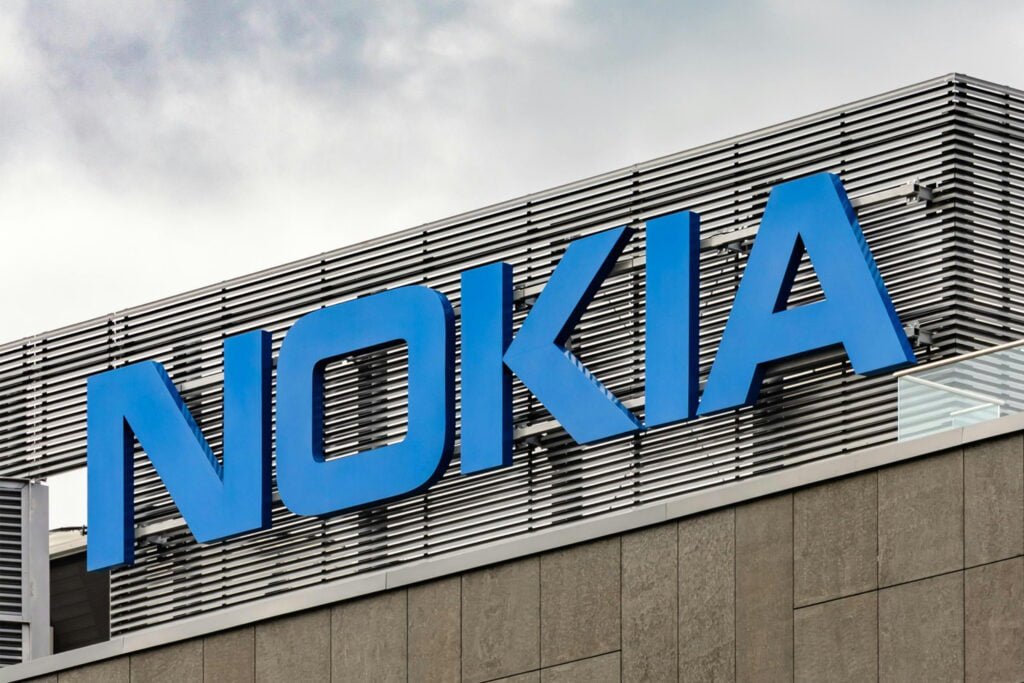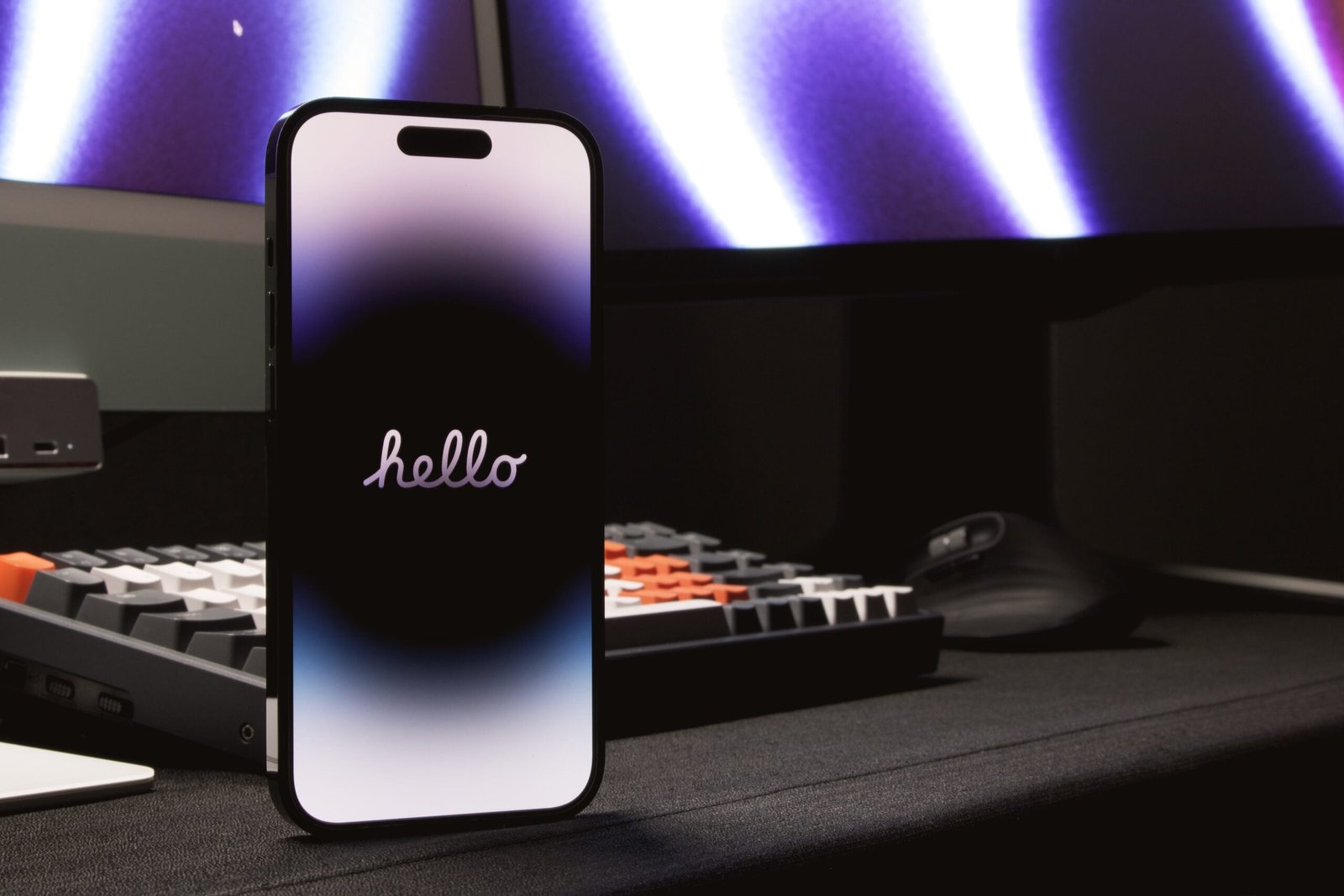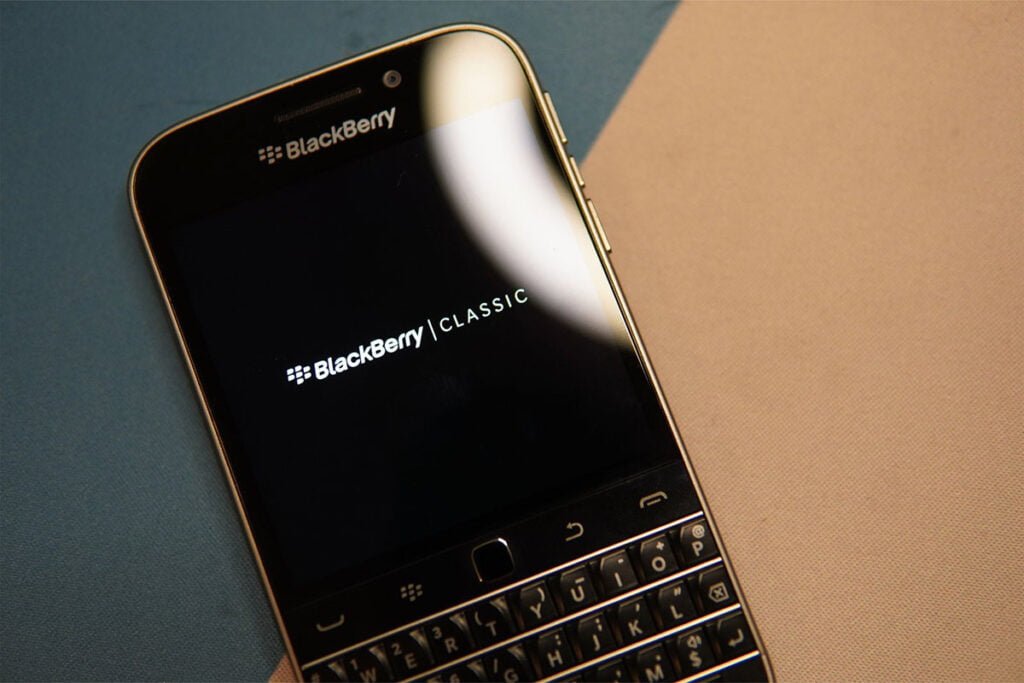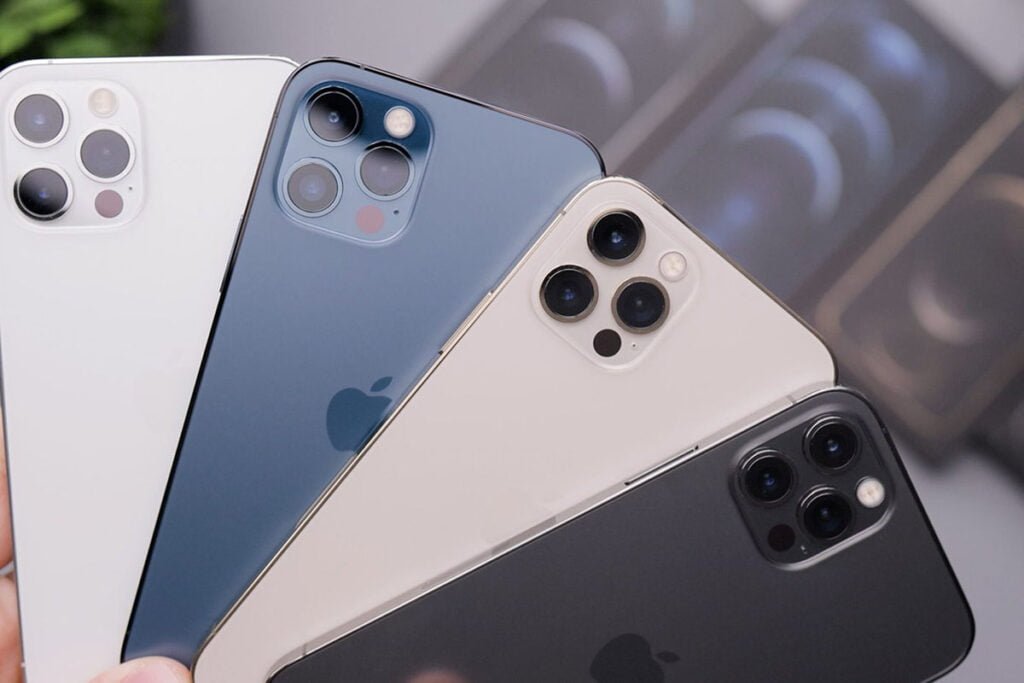Once a ubiquitous titan of the mobile phone industry, Nokia’s name evokes nostalgia for clunky brick phones and the iconic ringtone we all know and love. But what happened to the Finnish giant? Why did the company that once held over 50% of the global market share suffer such a spectacular fall from grace? This article delves into the intricate story of Nokia’s rise, fall, and unexpected resurgence, offering insights into the ever-evolving landscape of the tech world.
The Golden Age: A Ringing Success Story (1973-2007)
The roots of Nokia’s mobile phone saga stretch back to the 1970s, starting with its foray into wood pulp and radio equipment. Their journey into mobile telephony began in the early 1980s, gradually building a reputation for sturdy,reliable devices. The iconic Nokia 3310, released in 2000, embodied this philosophy, becoming a symbol of durability and reliability in a nascent industry.
Several factors contributed to Nokia’s meteoric rise in the following years:
- Early Entry: Nokia entered the mobile market early, establishing valuable partnerships and gaining crucial market share before major competitors arrived.
- Focus on Emerging Markets: Recognizing the potential of developing economies, Nokia proactively catered to these markets with affordable, rugged phones, building a loyal customer base.
- Simple, Functional Design: Nokia phones prioritized reliability and ease of use over flashy features. This minimalist approach resonated with users who valued practicality.
- Strong Brand Identity: Nokia built a powerful brand image, synonymous with quality, durability, and accessibility. The ubiquitous ringtone and catchy “Connecting People” tagline further cemented their presence in pop culture.
By 2007, Nokia was at the zenith of its success. They dominated the global mobile phone market with a staggering 51% share, leaving competitors like Motorola and Blackberry in the dust.
The Fall From Grace: A Missed Call (2007-2014)
Despite its seemingly unassailable position, Nokia’s downfall began around the late 2000s, fueled by a series of strategic missteps:
- Underestimating the Smartphone Revolution: Nokia’s focus on feature phones blinded them to the burgeoning smartphone market. Their Symbian operating system, though popular, proved sluggish and inflexible compared to emerging rivals like iOS and Android.
- Internal Resistance to Change: A rigid corporate culture stifled innovation and hampered efforts to adapt to the changing market dynamics. Nokia executives clung to their successful feature phone formula, hesitant to embrace the new paradigm.
- Late Entry into Smartphones: By the time Nokia launched their first smartphones running Symbian S60 in 2008, Apple and Android had already established a significant head start. Their N97, while innovative, arrived too late and failed to regain lost ground.
- Competition from Low-Cost Manufacturers: The rise of Chinese giants like Huawei and Xiaomi offered increasingly affordable smartphones, further eroding Nokia’s market share.
By 2014, Nokia’s market share had plummeted to a mere 3%, a devastating fall from grace for the once-unbeatable leader. The company found itself scrambling for survival, facing the possibility of complete market irrelevance.
The Reinvention: From Ashes to a New Dawn (2014-Present)
Instead of succumbing to the inevitable, Nokia embarked on a daring reinvention process:
- Selling the Mobile Phone Business to Microsoft: In 2014, Nokia made the difficult decision to sell its mobile phone division to Microsoft, recognizing the need for a drastic shift in strategy. This move allowed them to refocus on core competencies and emerging technologies.
- Embracing New Ventures: Nokia diversified its portfolio, venturing into areas like telecommunications infrastructure, networking solutions, and digital health. They became a key player in developing 5G technology,positioning themselves for the future of connectivity.
- Rebranding and Reconnecting: Nokia revamped its brand identity, emphasizing innovation and technological expertise. This shift aimed to shed the outdated image associated with their mobile phone troubles and cater to a more contemporary audience.
These proactive measures paid off. Today, Nokia is a thriving, diversified technology company with a strong presence in various sectors. They are a leader in 5G infrastructure, a driving force in digital transformation initiatives, and a prominent player in areas like cloud computing and artificial intelligence.
The Nokia of Today: A Diversified Powerhouse (2023)
While Nokia may no longer dominate the mobile phone market, their story offers valuable lessons in resilience,adaptability, and reinvention. They serve as a testament to the ever-changing nature of the tech world, where even the biggest players can falter if they fail to adapt.
Here’s a glimpse






